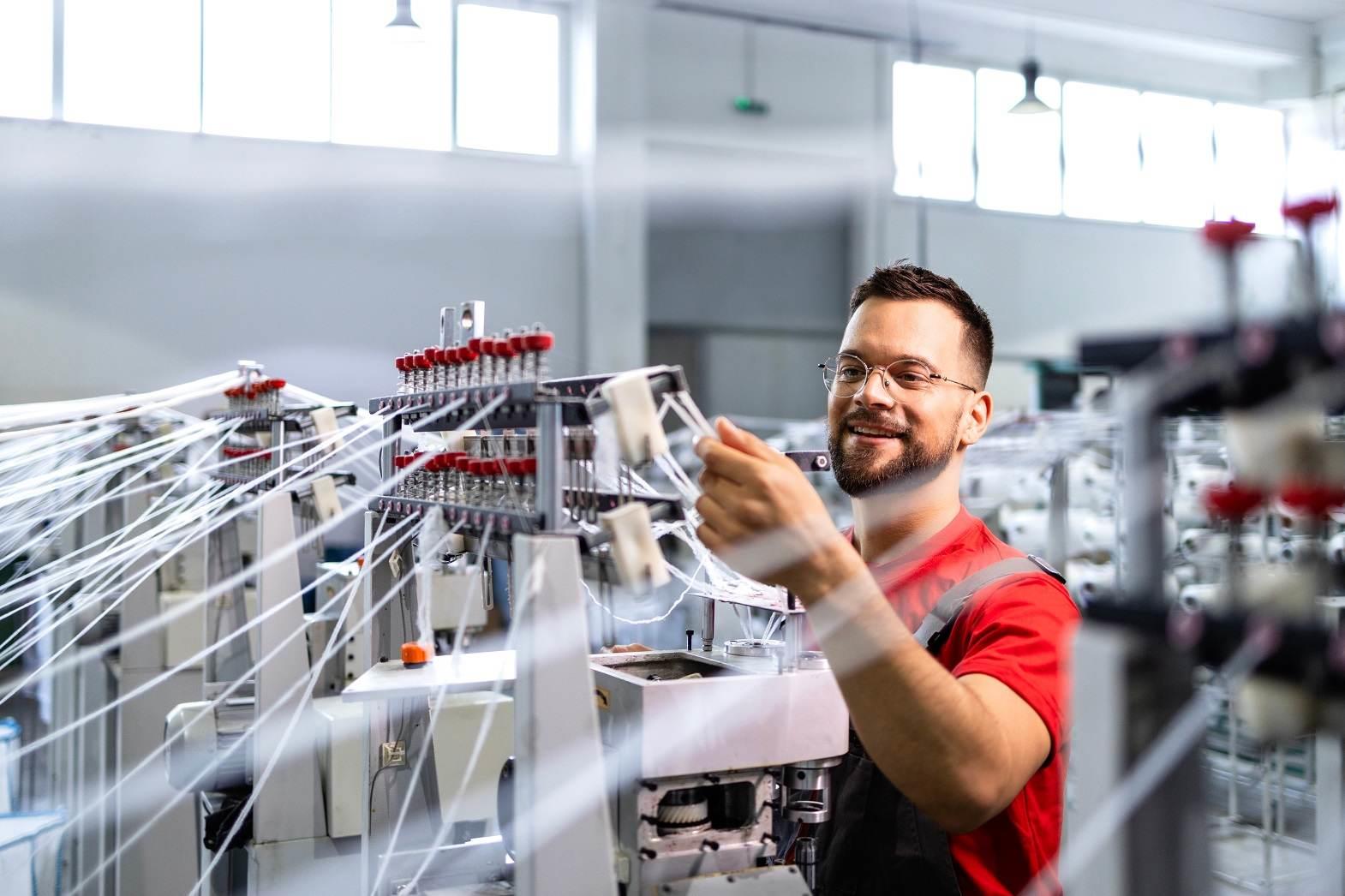As of now, several companies have invested in such machines to promote the development and utilization of renewable energy, increase the energy supply, improve the energy mix structure, ensure energy security, protect the environment, and achieve the sustainable development of society.
Not many textile industries apprehend that energy-intensive tactics can help save up to 15 percent in expenses. Simple changes involving controlling the steam pipe temperatures, regulating the air-fuel ratio in boilers, and setting up heat exchangers using warm wastewater can denote a major positive change.
In the textile industry, there are several substitutes for electric heating like steam, gas heating, or direct or indirect-fired heating. These achieve cost reductions. However, since electric heating only requires a small initial investment due to the convenience and simplicity in equipment construction, it is still used for small capacity local heating purposes.
In Japan, some textile industries have changed from conventional boilers to water-tube boilers. In a water-tube boiler, water passes around in tubes that are heated externally by the fire. Fuel is burned inside the furnace, creating hot gas which heats water in the steam-generating tubes. Water-tube boilers improve boiler efficiency from the usual sixties to seventies percentage points to as high as the nineties. Since high-performance boilers are prone to a rapid growth of scales inside their water tubes, feedwater management becomes important. Furthermore, these boilers don't retain huge amounts of water. This, combined with high evaporation speeds, automates many aspects of their operation, including feeding the water and ignition management.
Textile companies can reduce total energy use per unit of output at manufacturing plants by using renewable inputs such as solar, hydroelectric, landfill gas (LFG) and geothermal that can contribute to a decent percent of its total energy needs. A textile company in Atlanta has prepared seven of its manufacturing plants to use 100-percent renewable electricity; and 89 percent of its overall electric power is renewably sourced, including power received directly from the grid, purchased as renewable energy certificates (RECs) or generated on-site.
There are machines that use wastewater biosolids as boiler fuel. In fact, with technology booming in all the sectors, textile industries are now more open to adopting something unconventional, but resourceful. Many industries use the post production textile waste as steam. Some carpet industries now have their own waste-to-energy gasification plants.
China has come up with some advanced machines for textile industries. There are various energy-efficiency opportunities that exist in every textile plant. China is the largest importer of textile machinery and Germany is the largest exporter of textile machinery. Many textile industries in Germany, USA, Brazil, Canada, China and Spain use renewable energy sources to carry out the daily operations. Textile industries in Philippines and Iceland use geothermal energy. The process involves building deep wells in hot rocks in which fluid is heated to produce steam, which then drives tribunes to generate electricity. The operating cost of these plants is low. Amalgamation of modern machines with renewable sources of energy actually makes it possible to use these sources to full potential.
The cost of installation of renewable energy sources can be expensive, but after installation it definitely decreases the cost of production. The modern day world is facing a different kind of problem in utilizing the renewable sources of energy. In several countries, the prices of rich agri-waste have been hiked by the farmers. The companies have also started utilizing the waste for own benefit. The sugarcane bagasse which was abundantly available is now being converted into biomass by the sugar mills to generate electricity and subsequently feed it to the grid. This helps them earn carbon credit for it and It makes the project quite viable for them.
Companies are developing new machines to ensure that they stop relying on expensive exhaustible sources of energy. Using common algae to produce biofuel, hydrogen generation, flying wind forms to create power, finding the role of microbes in bio-fuel production, laser 'scribing' to augment the solar cell capacity, amplifying the efficiency of wind tribune blade are some of the innovations that the researchers are working on. If these researches are successful, the textile industry will be revamped completely with machineries involving extensive use of renewable sources of energy to generate power, steam and fuel.
References:
1. Unido.org
2. Textileworld.com
3. Alternative-energy-news.info
4. Slideshare.net
5. Apparelresources.com








Comments